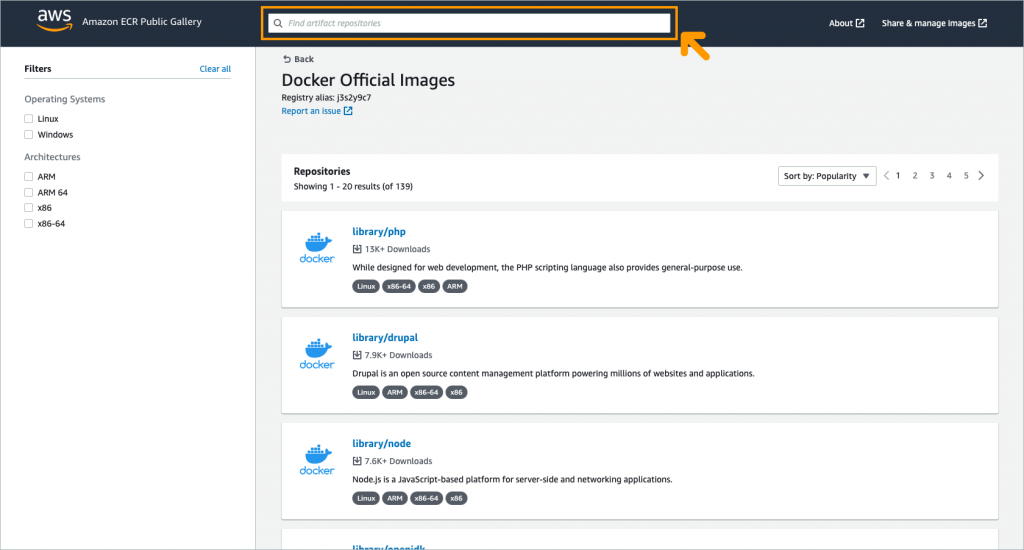Containers
How to use Application Load Balancer and Amazon Cognito to authenticate users for your Kubernetes web apps
This post describes how to use Amazon Cognito to authenticate users for web apps running in an Amazon Elastic Kubernetes Services (Amazon EKS) cluster. Behind any identity management system resides a complex network of systems meant to keep data and services secure. These systems handle functions such as directory services, access management, identity authentication, and […]
Centralized observability for AWS App Runner services
In enterprise organizations, it can sometimes be hard for engineering teams to move quickly. Teams must demonstrate they have a plan for keeping software up to date, they must pass security reviews to ensure the application architecture doesn’t introduce vulnerabilities into the environment, and they must think about how to instrument the application so there […]
Red Hat OpenShift Service on AWS (ROSA) annual contracts
Since Red Hat OpenShift Service on AWS (ROSA) was launched in March 2021, clients in all industries and more than 20 countries are using ROSA for a variety of workloads. In October 2021, AWS released a feature enabling customers to enter into one-year contracts for ROSA software subscriptions through the console to help with cost […]
Backup and restore your Amazon EKS cluster resources using Velero
September 9th, 2023: This post was originally published December 1, 2021. We’ve updated the walkthrough instructions of this blog post to support the latest EKS versions and changes to the Velero Helm chart. Companies worldwide are adopting containers to encapsulate their microservices, and many of them choose Kubernetes for automating deployment, scaling, and managing their […]
Managing ROSA subscriptions at scale
One aspect of operating applications at scale is managing software in a manner that provides control as well as caters for self service and agility. As the modernization of applications and overall business processes takes place, agility requirements drive the need for teams to have access to the tools they require. How does a large-scale […]
Docker Official Images now available on Amazon Elastic Container Registry Public
Developers building container-based applications can now discover and download Docker Official Images directly from Amazon Elastic Container Registry (Amazon ECR) Public. This new capability gives AWS customers a simple and highly available way to pull Docker Official Images, while taking advantage of the generous AWS Free Tier. Customers pulling images from Amazon ECR Public to […]
re:Invent 2021: AWS Containers track
In 2021, re:Invent offers an in-person and virtual conference experience for our attendees. The in-person part of the event will be held in Las Vegas from November 29, 2021 – December 3, 2021. Attendees for the virtual event can register for free and will have access to a subset of the sessions over the virtual […]
Deploy applications in AWS App Runner with GitHub Actions
Overview AWS App Runner is a fully managed service that makes it easy for developers to quickly deploy containerized web applications and APIs at scale and with no prior infrastructure experience required. Starting with the source code or a container image, App Runner will automatically build, scale, and secure the web application in the AWS […]
Migrating Amazon EKS clusters from gp2 to gp3 EBS volumes
Kubernetes (sometimes referred to as K8s) is an open-source container orchestration engine and a fast-growing project hosted by the Cloud Native Computing Foundation (CNCF). K8s has a massive adoption on premises and in the cloud for running stateless and stateful containerized workloads. Stateful workloads require persistent storage. To support on-premises and cloud-provider-related infrastructure like storage […]
Creating custom Amazon Machine Images with the ECS-optimized AMI Build Recipes
Customers running their container workloads on Amazon Elastic Container Service (Amazon ECS) have a choice of AWS Fargate and also using Elastic Compute Cloud (EC2) instances with the Amazon ECS-optimized AMI. One of the requests (issue #176) that our customers submitted, was to allow them to create their own ECS Amazon Machine Image (AMI). Today […]








